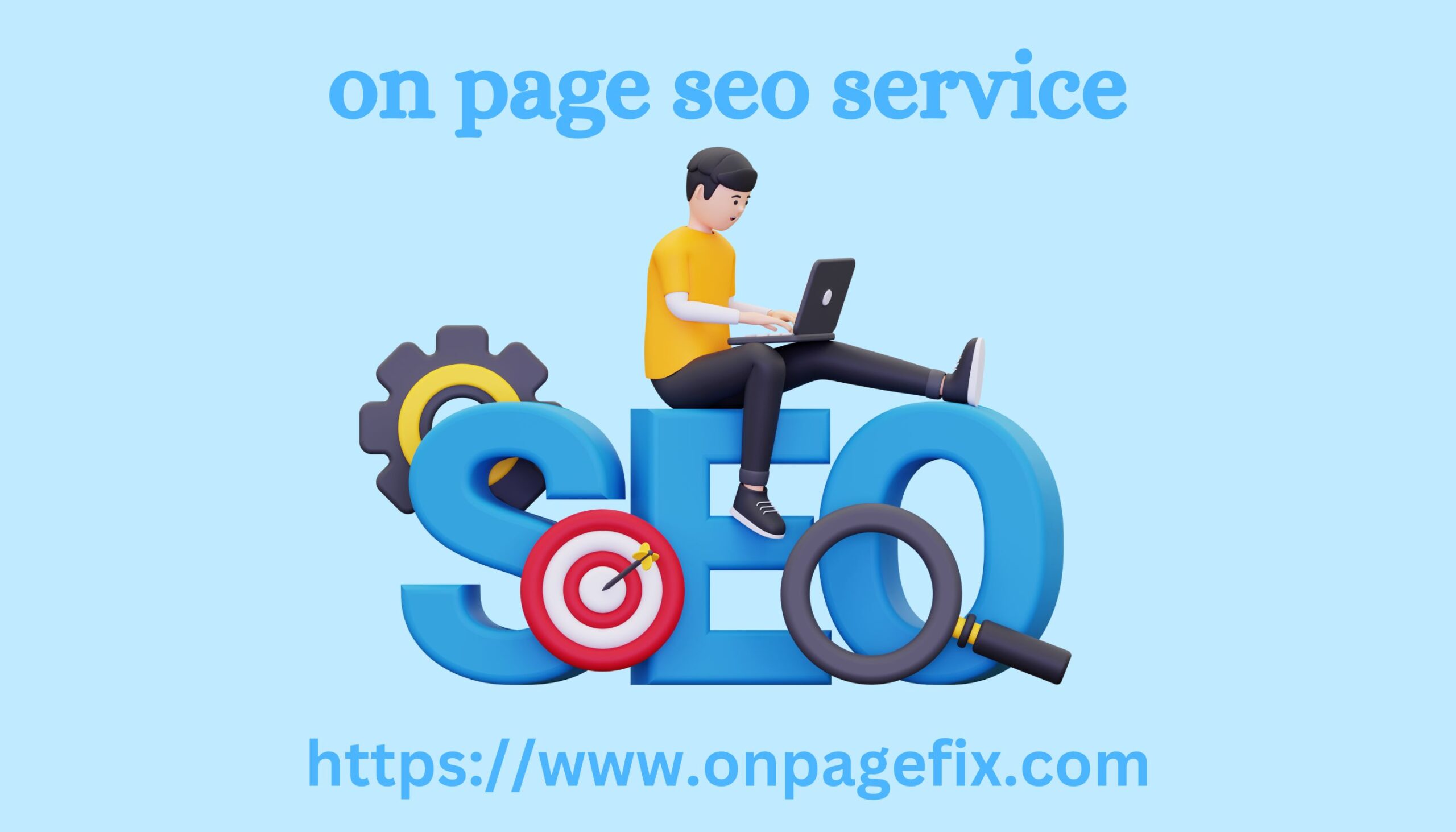|
|
If Shopify's story had a tagline, it would definitely be: "If you can't find it, create it . "
In fact, that's what a group of friends from Ottawa did in 2004 when they realized that neither Yahoo Stores, nor Microsoft Commerce, nor other popular website builders of the time met their requirements.
Initially, 21-year-old programmer Tobi Lutke and his partners wanted to launch a business selling snowboarding equipment. In fact, during the process of developing an online store, the idea arose to create their own CMS with broad functionality and flexible settings for the user. The ready-made solutions that the market of that time could offer did not even allow for the installation of the developed page design.
To be fair, it should be noted that the group of friends did launch a sports equipment store: Snowdevil did not last long and, it seems, fulfilled its purpose - it became a test sample for a future service for creating websites and running an e-commerce business.
Shopify's growth over the years in numbers
Today, Shopify serves over 1,000,000 active online stores in 175 countries, making it one of the largest e-commerce platforms in the world. However, such success did not come to the company right away:
2006. Official release of the first version. Shopify was presented as an intuitive designer, on which anyone can create their own website, without having to understand the code. Users were able to edit ready-made design templates, conduct business analytics and connect payments via PayPal.
2007. Despite all the functionality and accessibility, the platform did not receive a mass user. More precisely, there were users, but they preferred to make their financial transactions bypassing the platform (so as not to pay a commission for each transaction). Rumor has it that Shopify's income at that time did not exceed 8 thousand dollars / month, which, you must agree, is critically little even for a small company.
Then the creator of Shopify and his team make a fateful decision - to create tariff plans and introduce a monthly subscription. Moreover, the more expensive the tariff, the less commission the user pays.
2008. Attracting the first major investment fund (Bessemer Venture Partners), which on page seo service became a landmark moment in the company's history and helped it to strengthen its position on the market. After changing the financial policy and injecting investments, Shopify's income increased more than 7 times and already amounted to about 60 thousand dollars per month.

2009-2010. The platform launches the Shopify App Store — its own store of online applications and integration services. This expands the platform's functionality to truly "cosmic" heights. In the Shopify App Store, you can find a solution for any task: from ready-made marketing scenarios to potential profit calculators. At the moment, more than 6 thousand different utilities are available in the store.
2013. A major update. Users receive more than 60 new functions and additional settings, which once again changes the idea of the platform's capabilities. Moreover, most of the functionality appeared for specific requests of existing customers. It can be said that Shopify's success is largely determined by their desire to meet the unique needs of each online entrepreneur.
2015. First listing on the New York and Toronto stock exchanges. Based on the IPO results, Shopify is called one of the most successful tech companies of the year.
2016 – Present: Continued Success. Shopify actively supports small businesses and entrepreneurs by providing tools and resources to help them grow and thrive. This includes training materials, marketing tools, financial services, and more.
The company is constantly introducing new features and innovations to improve its platform and meet changing market needs.
Actively supports various social and environmental projects, including initiatives to combat climate change.
Conclusions and analysis of success factors
What is the secret to Shopify's success? Founder Tobi Lutke says: "User needs will never outgrow the platform's capabilities, as it will grow and evolve in line with the times . "
The platform actively uses the capabilities of artificial intelligence. Thus, the implementation of machine learning algorithms for analyzing customer behavior made it possible to make recommendations as personalized as possible, which affected conversion and the average bill.
Other factors worth noting for success include:
creation of your own business community and ecosystem;
focus on supporting small businesses;
participation in social projects:
profitable affiliate programs for entrepreneurs and payment providers.
Given all of the above, it is no surprise that over the years, Shopify has become one of the world's leading providers of e-commerce services and solutions.
|
|